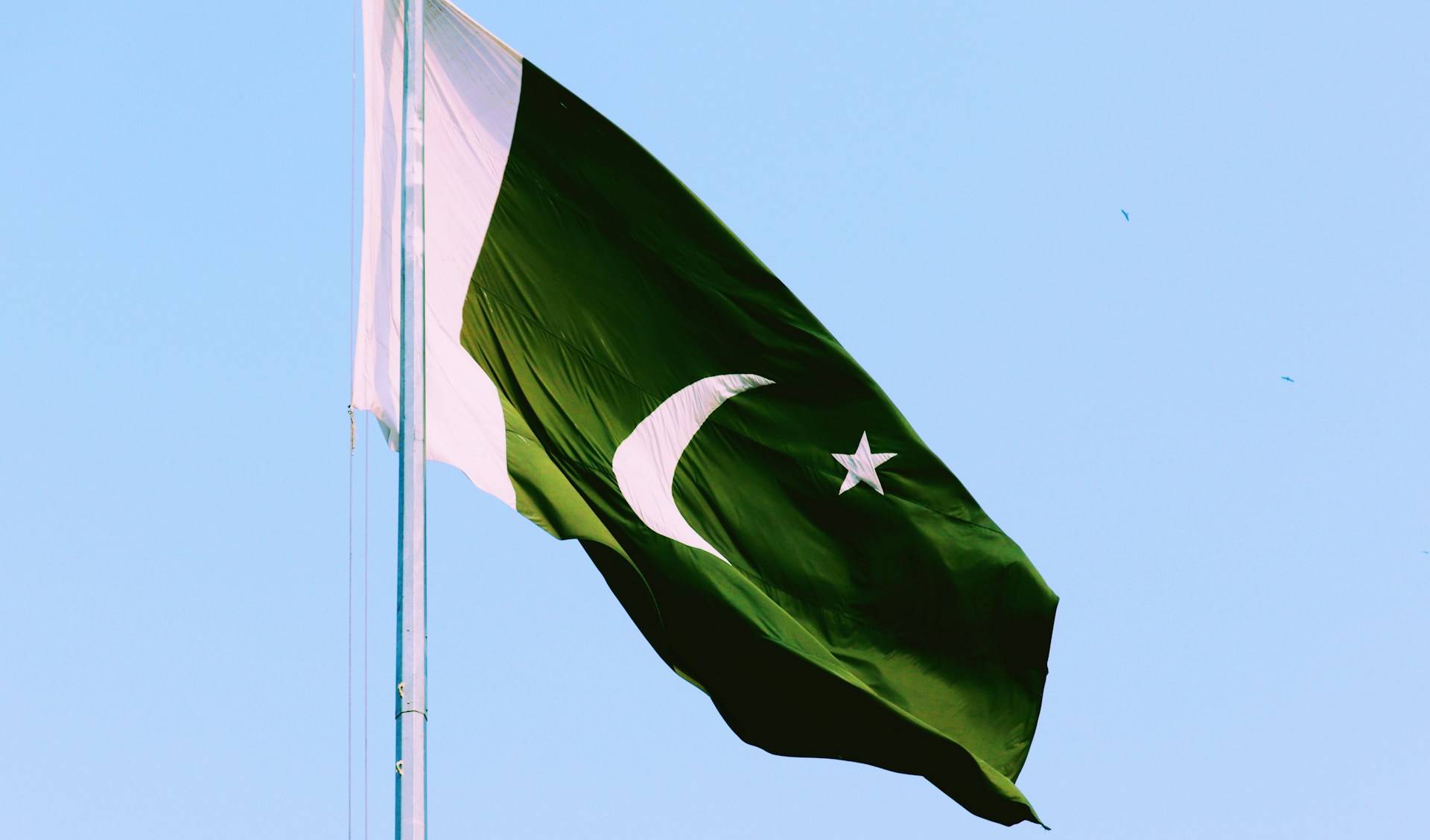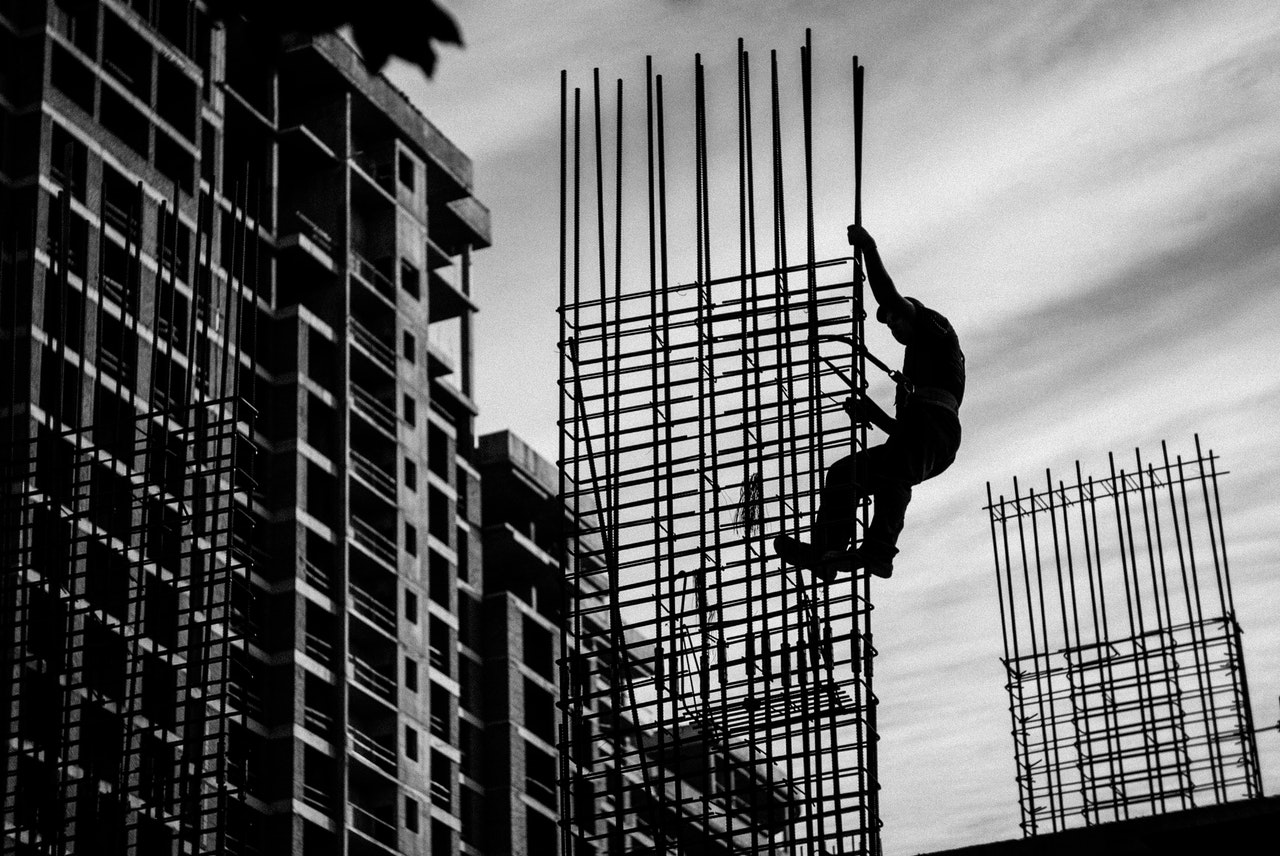The motorway gang rape case in Lahore in September 2020 has once again focused our attention to the gender schisms that exist in Pakistan. Faiza Farid examines the government’s response to it, while also discussing how the Pakistani state has controlled a woman’s autonomy over her body.
Pakistan as an Islamic Republic has often been at the helm of curbing and restricting women’s basic freedoms. When it comes to the rudimentary provision of protection and justice, Pakistan, the government and public figures have always failed us. From the glaring repercussions of the Hudood Ordinance (laws based on Shariah regulating rape, adultery and other issues) to ‘honour killings’, the Lahore motorway gang rape in September 2020 has once again raised concerns about women’s safety in the country. On 9 September 2020 a mother was gang raped in front of her children outside Lahore (capital of Punjab state) on a motorway. The incident sparked nationwide protests, raising several demands, including the resignation of the Chief of Police, Punjab for blaming the survivor; putting an end to virginity test; criminalisation of sexual acts other than penetration; structural reforms and accountability of the police; and making public spaces safe for ‘women, trans and non-binary people’. But what the survivor and the protesters got was a barrage of endless misogyny used to justify how the police reacted during the situation. What is more astounding is the kind of response it elicited from the state’s leadership and religious leaders?
Consider, for instance, Prime Minister Imran Khan’s statement when asked about the incident in an interview. He framed the distortion of ‘true’ Islamic/Pakistani ethos, and considered the weakening of family system to cause an increase in such crimes: ‘World history tells when you increase fahashi (vulgarity) in the society, two things happen: sex crimes increase and the family system breaks down’, further substantiating by giving an example of the increase in divorce rate in England with an increase in sex crimes. Consider further the statement by the Chief of Police, Punjab who was seen reiterating the Prime Minister’s ‘stance’ on the incident, stating that the victim ‘was travelling late at night without her husband’s permission’. The police further said that the police did not respond to the victim’s repeated calls for help because the area where the crime occurred fell out of its jurisdiction. Religious leader Maulana Tariq Jameel, who had earlier blamed the Covid-19 pandemic on women’s ‘immodesty and dressing’, this time shifted the onus of rising ‘obscenity’ on co-educational institutes and weak morals which ultimately, according to him, lead to such crimes. Punjab’s Law Minister Raja Basharat stated that the ‘motorway incident was a blind incident with no evidence’.
Interestingly, some days before this incident, the Jamaat e Islami’s Women Wing (an Islamist political party) had put up banners across Lahore which said ‘Haya aur Hijab Tahaffuz bhi aur rehmat bhi (Modesty and Hijab-Protection and Blessing), somehow justifying how a ‘modest’ and ‘hijab-wearing’ woman was ‘virtuous’, and which automatically qualified her for protection.
Such statements clearly show how Pakistan as a state has accommodated religious logic and rationale to justify its gender bias and control over the female body. As an Islamic Republic, Pakistan has done abysmally in global rankings: it ranks 130 on the United Nation’s Gender Equality Index, and is placed at 151 (out of 153 countries) on the World Economic Forum’s Global Gender Gap Index Report 2020. In 2019, some 3,881 cases of rape and 1,359 cases of child abuse were reported in Punjab alone. Therefore, the statements by the religious/political leadership conspicuously espouse patriarchal views that dictate the female body, denying her any autonomy over it.
Islam as an ideology has channeled most of the narrative that Pakistan has based itself on. The pre-Partition need for a separate homeland for Muslims led to cause a vacuum after its creation. As soon as a Muslim homeland was achieved in 1947, the need to bring in a narrative was heavily propagated through religion. The pre- and post-Partition leadership sought to create this idea of an Islamic state that needed to be progressive and yet exhibit a religious ethos. Hence from the infamous Objectives Resolution 1949 (declaration of Islam as Pakistan’s state religion), to President Zia ul Haq’s Islamisation and President Pervez Musharraf’s ‘Enlightened Moderation’ (as put by Afiya S Zia), Pakistan has presented a hotchpotch of religious zeal and moderate politics. This has clearly affected the rights and causes of women and other minorities. To present itself on the lines of a moderate Islamic state, the need to control women and their autonomy over their bodies has been a fragmented struggle; as Tahmina Rashid explains in ‘Militarized Masculinities, Female Bodies, and “Security Discourse” in Post-9/11 Pakistan’: ‘In Pakistan, a female body has been politicized to such an extent that it functions as a battleground for ideological, philosophical, and religious debates and agendas between the pseudo-modernist military regimes and traditionalist mullahs.’ It is this politicisation and cultivated misogyny that was expressed in the aftermath of the motorway gang rape incident. Consequentially, the need to validate a woman’s rights, existence and autonomy through the use of religion does not acknowledge the differences that class and identity perpetuate. Making Islam an all-unifying, shared embodiment of Muslimness combined with the acknowledgement of feminist rights (within the confines/definitions of Islam) has accordingly carried a massive appeal in the upper and middle classes of Pakistan.
One could say that Pakistan is going through a second Islamisation since the last general elections (2018) which brought the current government to power. This can be seen in the iterations of Prime Minister Imran Khan to make the Islamic Republic of Pakistan akin to the Riyasat e Madina (an Islamic welfare state), banning immoral content on television, banning tinder and other dating apps to curb rising immorality, and in statements such as the ones discussed earlier in this post. This could also be seen in the politically conscious decision of his wife, First Lady Bushra Bibi, to wear a full veil. Afiya S. Zia, in her essay ‘Politics of Piety’ argues that the decision of the First Lady itself is a political choice: ‘Under Imran Khan’s “on the same page” relations with the military and his purported vision of turning Pakistan into a Riyasat e Medina, the Muslim woman-subject is conceived as one who is a pious welfare-recipient and not an empowered or autonomous one such as (the late) human rights champion Asma Jahangir, who was a nemesis to his political career”.
Ironically, the state has been projecting caricatures to show what a Pakistani woman should look like. An example of it can be drawn from history. Fatima Jinnah (sister of Pakistan’s Founder Muhammad Ali Jinnah) is known as madar e millat (‘Mother of the Nation’) whereas her brother Jinnah is famously called baba e qoum (‘Father of the Nation’). By proper rules, it should have been Jinnah’s young wife, a sari-clad Ruttie (a Parsi) to have taken on the title of ‘Mother of the Nation’, but Ruttie does not fit the image of the ideal woman for the Islamic image of Pakistan. It is this very control over the imagined idea of a female and her body and the politics surrounding it that Pakistan has always been mired in; it is this very idea of a woman that is the underlying cause behind the statements of politicans and policemen quoted earlier in this post.
The denial of space that should be granted to women and minorities can be seen in the recent feminist struggles in Pakistan, through both ‘Islamic’ feminism and secular feminism. Simply put, the former is the confluence of Islamic traditions and feminism whereas the latter is the acceptance of universal human rights for Muslim women. It is the propagation of Islamic feminism, a diversion from the women’s struggle of 1980s during Zia ul Haq’s rule that provided resistance against patriarchy found in Islamic laws. It is through this that feminism and women in Pakistan are unable to access an equal treatment in any kind of circumstances. The criticism on the secular notions of feminist struggle in Pakistan (particularly on the annual Aurat March) is considered to be a ‘Western’ agenda. Islamic feminism is a much-appreciated concept in post-9/11 Pakistan, and the world offering post-Secularists more space to respond to ‘colonial’ subjugation is an effort to accommodate different voices. But this accommodation by western scholarship has reduced the space for a secular discourse for feminists in Pakistan and deprived them of their universal human rights. Had Pakistan been a secular state in 1947, the deeply rooted misogyny would have been far less of a threat to women of the country who have to barter their piety and virtuosity (as per Islamic tradition and state narratives) for protection.
This article gives the views of the author, and not the position of the South Asia @ LSE blog, nor the London School of Economics and Political Science.
© Banner image: Ali Rizvi, ‘Jar in Sunlight’, Unsplash.







